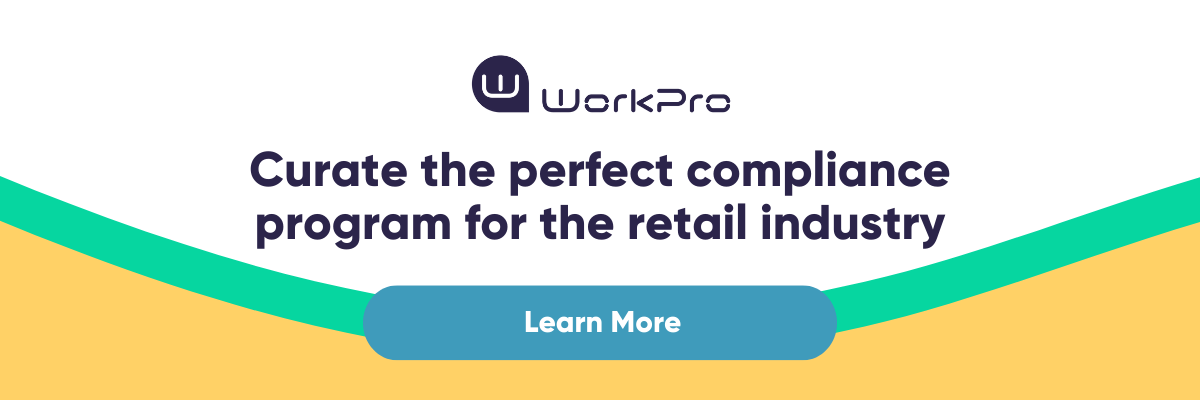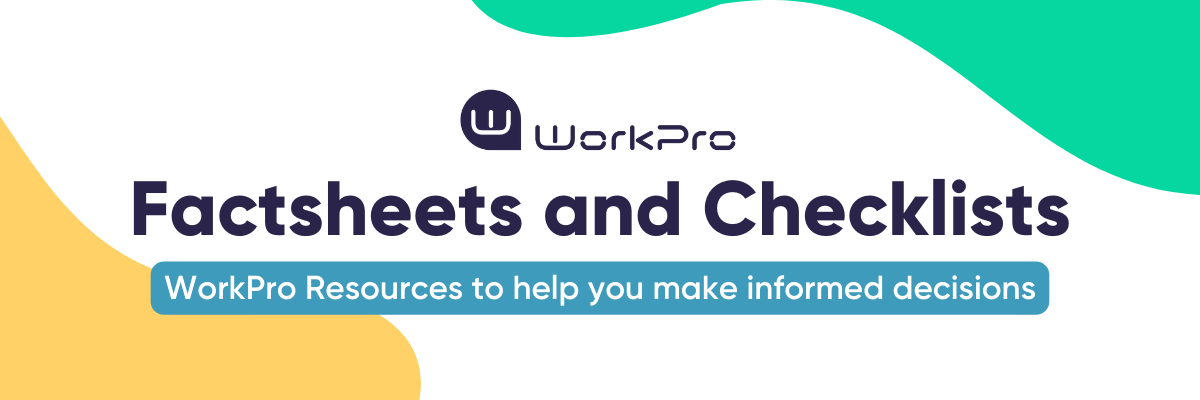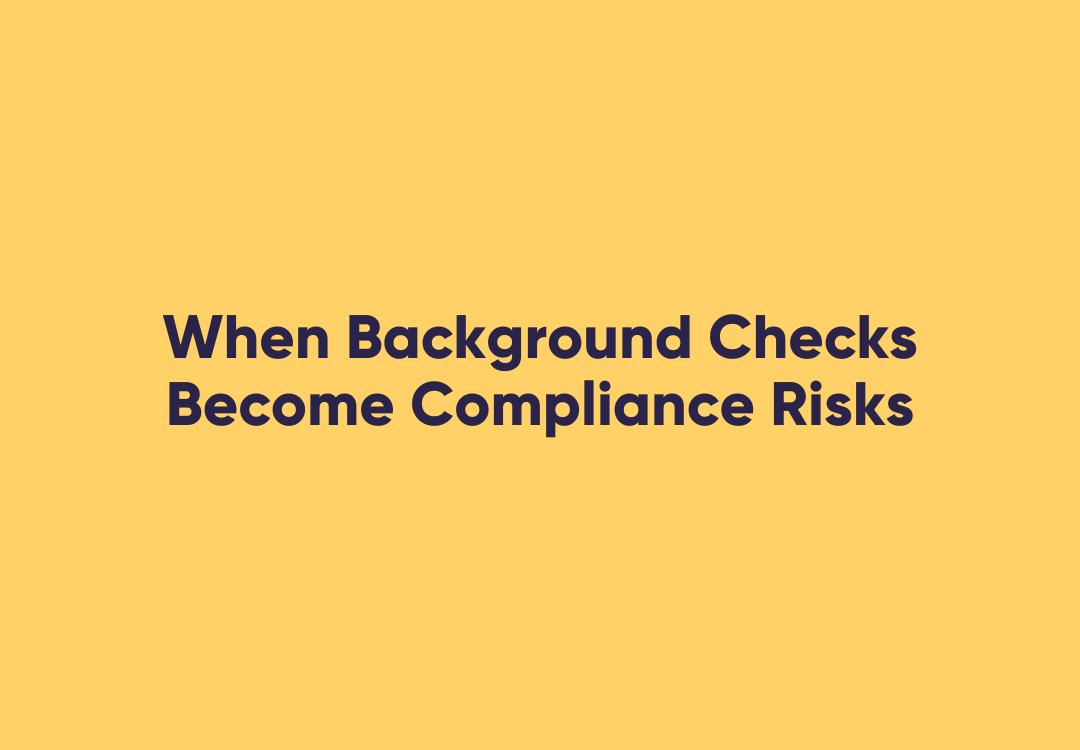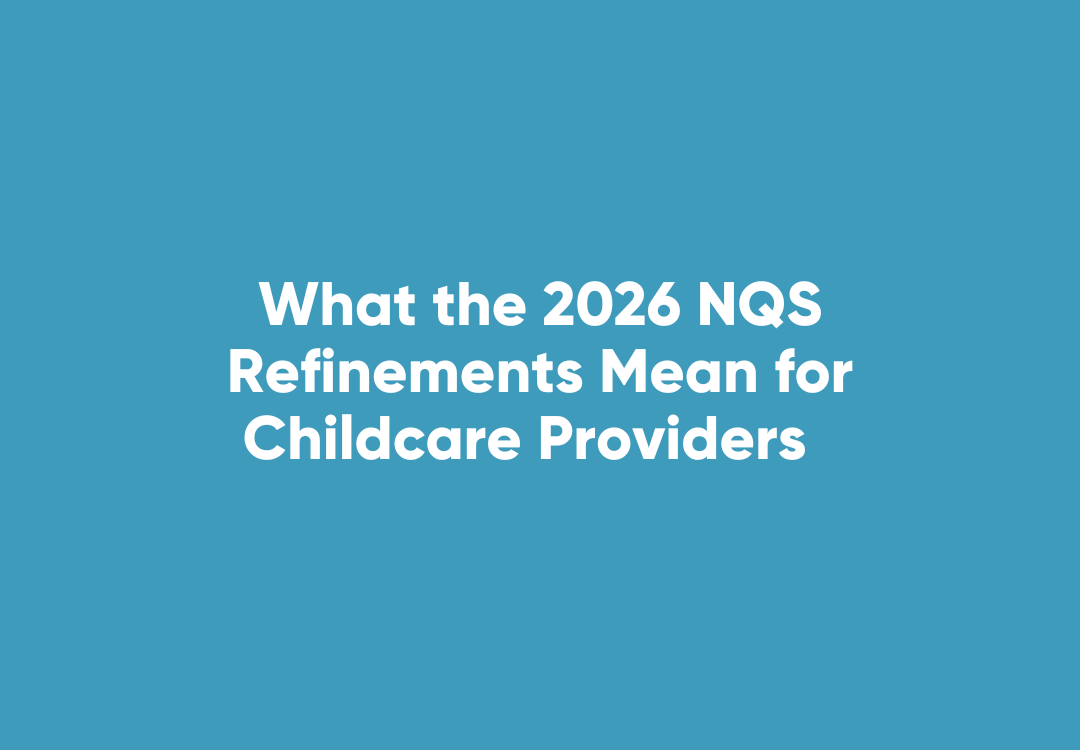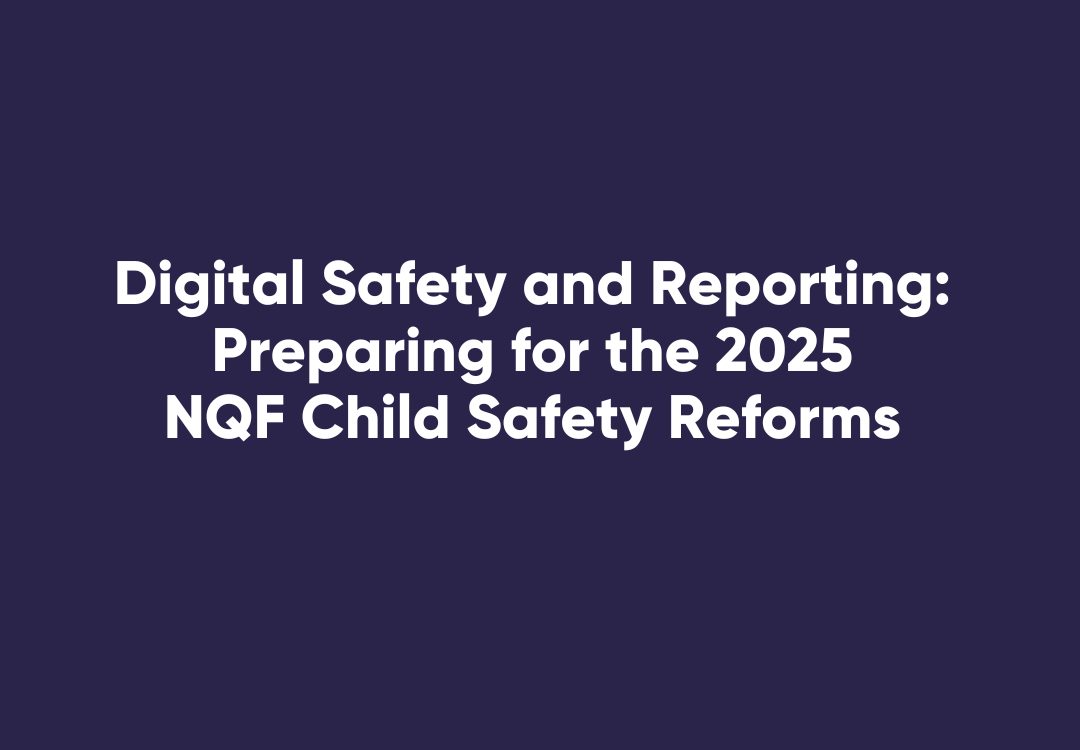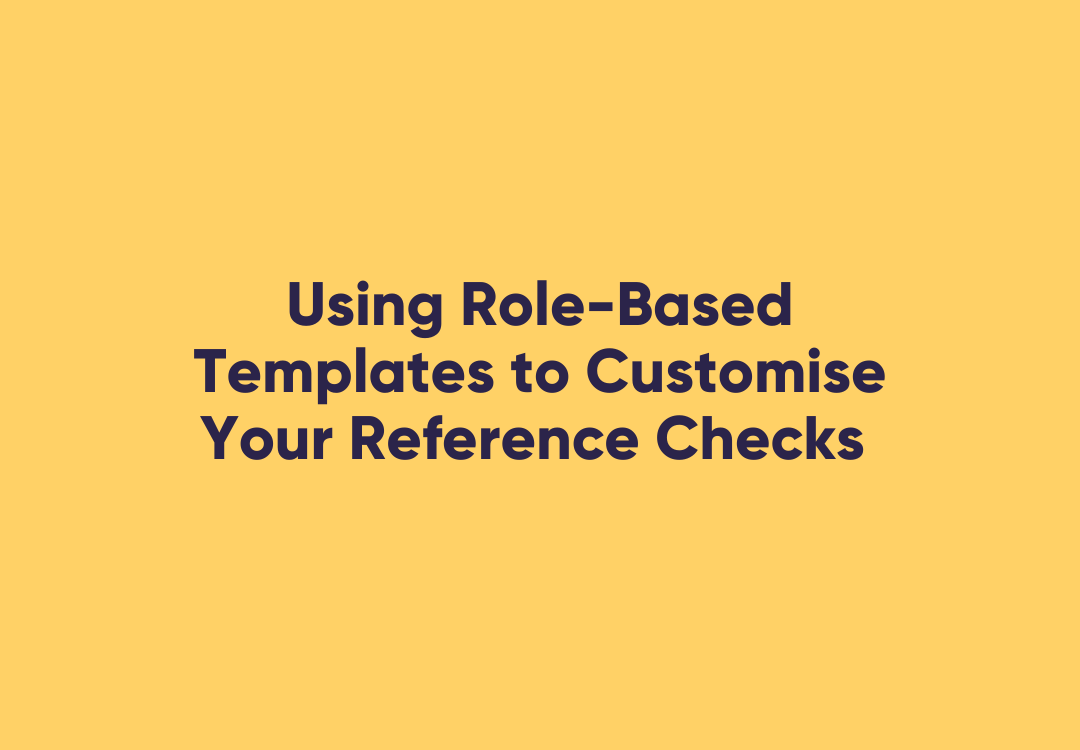Managing the Challenges of the Holiday Season
As summer approaches, many Australian workers turn their attention to the end of another year, a time when we traditionally gather with friends and family.
Businesses, too, are looking towards end -of-year reporting and setting plans for the new year.
For many the Christmas period means business slows down, however for others the lead up to the holiday season is often one of the busiest times of the year.
Retailers are under increased pressure as the Christmas shopping rush intensifies, construction companies are pushing workers to meet end-of-year deadlines, hospitality staff rosters are expanded to service large seasonal parties.
In response to this, it’s an ideal time for businesses to address workplace stress, the prospect of casual staff and the safety of young workers.
The lead up to the holiday season is often one of the busiest times of the year.
Beating the stress of the season
Research from UK-based online gift giving company MemoriseThis.com has found that Christmas is the sixth-most stressful event people will encounter in their lives.
The challenges of working at this busy time, coupled with shopping, travel and family obligations, can make the season exceptionally difficult. With some extra consideration around workplace health and safety, however, your staff can proceed through another Christmas period as smoothly as possible.
Reiterating the importance of recognising and responding to signs of stress among the workforce can prevent issues before they have a chance to escalate.
Also, promoting discussion amongst employees about workplace stress and highlighting steps for assistance when they are experiencing difficulty are proactive WHS measures that can have a real impact.
Christmas shoppers can be a source of stress for retailers.
Expanding the workforce in peak times
For certain industries – retail and hospitality, for example – the hectic nature of the holiday season requires the addition of more employees, usually casual workers to help with increased workload.
It’s a smart strategy, bringing in the extra resources you need for a brief period before operations settle back to a regular routine in the new year.
Casual workers may face increased risks in the workplace.
In addition to the WHS considerations taken for all employees, the Victorian Trades Hall Council points out that casual workers may face increased risks in the workplace.
Amidst the pressure of the season, proper training procedures may be shortened in order to get workers into their roles faster.
For employers, it’s important to recognise that short-term workers need to be afforded the same care as a full-time employee.
According to the Australian Industry Group, casual staff make up one-fifth of the national workforce.
Regardless of the time of year, providing and maintaining a safe working environment – as far as reasonably practicable – is essential, as is carrying out a comprehensive WHS induction for all new casual staff.
Ensuring the wellbeing of young workers
Some of the ideal candidates for casual roles, and often the majority of candidates a business will encounter, are young people looking for summer jobs.
The comparatively low levels of experience and maturity in these workers presents challenges however, as their knowledge of the risks in the workplace and safe working practices may not have been developed.
Ensuring a focus on young worker safety is critical, with closer attention paid to specific hazards they may not have encountered previously.
In addition to regular workplace health and safety training, educating younger staff on the fundamentals of managing risk and injury prevention may be required.
Ensuring the holiday period passes without incident requires some extra care around stress management and general workplace health and safety, however, with the right procedures in place, your employees will be protected no matter how long they are contracted for.


